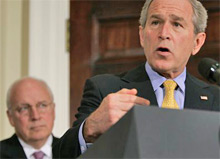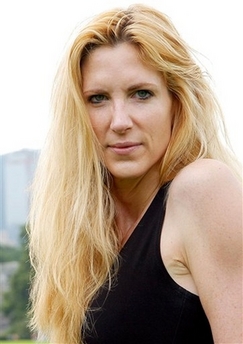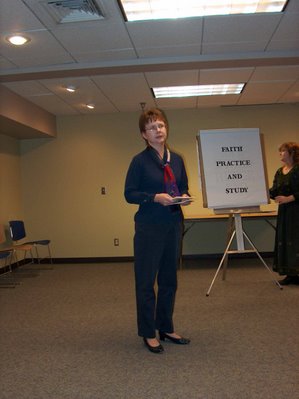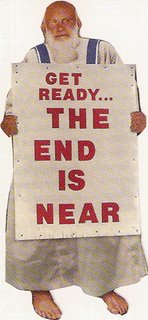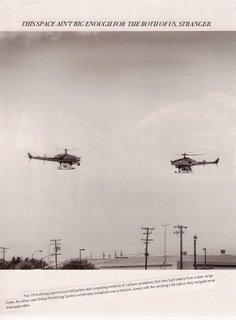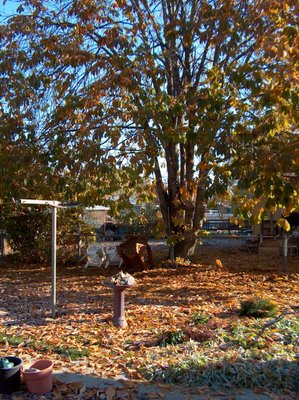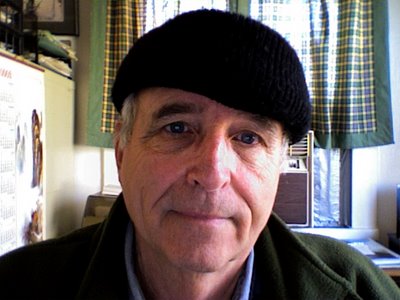NOW FOR A LITTLE NIGHT MU. . . ER. . . PHILOSOPHYSeveral years back, I was reading Daniel Dennett’s
Consciousness Explained. It was the trigger which fired the bullet of my brain down the arc it’s been following for many years now. I was impressed by the idea that our brains are constantly rewriting us through words, constantly revising us as presented to the world outside ourselves like never finished books. Then, people, of course, think that what they are getting is a completely conscious human being:
“Our fundamental tactic of self-protection, self-control, and self-definition is not spinning webs or building dams, but telling stories, and more particularly concocting and controlling the story we tell others—and ourselves—about who we are. And just as spider
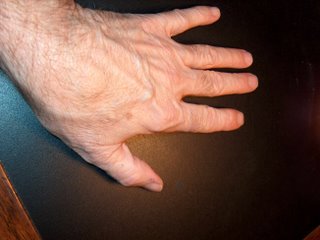
s don't have to think, consciously and deliberately, about how to spin their webs, and just as beavers, unlike professional human engineers, do not consciously and deliberately plan the structures they build, we (unlike professional human storytellers) do not consciously and deliberately figure out what narratives to tell and how to tell them. Our tales are spun, but for the most part we don't spin them; they spin us. Our human consciousness, and our narrative selfhood, is their product, not their source.
“These strings or streams of narrative issue forth as if from a single source—not just in the obvious physical sense of flowing from just one mouth, or one pencil or pen, but in a more subtle sense: their effect on any audience is to encourage them to (try to) posit a unified agent whose words they are, about whom they are: in short, to posit a center of narrative gravity.” —Daniel Dennett in
Consciousness Explained.Last year, in a philosophy course I was monitoring at Spokane Community College, we had to read, as our last text,
Postmodernism and the Environmental Crisis, and I came across the ideas below which also claims that not only “I” but “we”, the whole of life, are conceiving or creating ourselves by the narratives we hear ourselves telling. But what I like to take a step further is that we do not consciously create these narratives. We just sort of tell them and hear ourselves tell them and, then, we think that we are what we are telling others that we are. But this idea, if you’ll just let your imagination run with you, is a grand conception—you can see all of us hacking away with words to create this vast beaver dam of imagination against roaring water life, to make a little survival place for us to rest in, until we go to rest with the dinosaurs in the oil pits of modern life. All these voices, yammering away, since consciousness evolved, slowly hammering out the reality we all think we live in. But do we really live in the reality we think we live in? What truly is outside the stuttering of our words, beyond the boundaries of the expanding universe that our frail words try to limit with description?
“Conceiving of the world as a process of creative becoming consisting of a multiplicity consisting of different types of processes in various complex relations, each making its own unique contribution to the becoming of the world, which must be understood at least to some extent as an immanent cause of its own becoming, can allow that humans create themselves through culture, and in particular, through being enacted by, reformulating and then enacting stories about themselves and their place in the world. It can allow for people having intentions formulated in

relation to the stories by which they define themselves, and through realizing these intentions, coming to embody within the world, in the relationships between people, in the relationships between individuals and society and in the relationships between humans and nature, the interpretations of the world on which these stories are based. With its rejection of reductionism, it lends itself to being formulated into a dialogical rather than a monological grand narrative, and thereby enables the achievements of all communities, societies and civilizations of the world to be appreciated.
“Once the world is conceived of as a creative process of becoming, the notion that the meaning of anything is given by the end which it helps to realize, the notion which as Nietzsche pointed out is the ultimate source of the nihilism of European civilization, can be abandoned. Each individual process or sub-process within the universe is like a melody singing itself within a symphony. While it must be evaluated in terms of its contribution to the whole symphony (which in the case of the cosmos is never complete), a symphony cannot be evaluated in terms of its final outcome, its end. The whole duration of a symphony matters, and each melody within the symphony, each note within the melody, are significant in themselves as parts of this duration. People understanding the world and themselves in such terms should be able to appreciate processes ranging from atoms, molecules, clusters of galaxies, galaxies, stars, planets, global eco-systems and species, to individual organisms, societies and cultures, as having an intrinsic significance as contributions to the unfinished becoming of the world. They should be able to appreciate the significance of their own lives and each decision and action as contributions to the world as a whole as well as to the cultures, societies and eco-systems of which they are part. But they should also be able to appreciate the intrinsic significance of their own lives as such, and that part of the significance of cultures, societies and eco-systems and the world as a whole is as conditional causes of their own becoming, for having made it possible for them to live an intrinsically significant life.
“Formulating stories about the lives of people and the history of societies in these terms will enable people to be understood in the context of and as part of nature, as destructive or constructive contributions to the eco-systems which sustain the conditions of their existence. However, such narratives must have a more complex form than the narratives which have dominated European civilization in the past—and must abandon the Oedipal form of narrative which legitimates present suffering as the unavoidable path to some final reunification of the world. Since the world is conceived of as consisting of a multiplicity of processes and sub-processes, each partially autonomous yet inseparable from a multiplicity of other processes which are the conditional causes of its existence, it is impossible to accept a linear narrative in which all but the history of the individual subject is treated as a passive background of the drama. For any individual, whether this be a person, an institution, a movement, a class, a nation, a civilization or humanity as a whole, what is required is a multi-dimensional narrative at least acknowledging thousands of different temporal and spatial orders, both within the becoming of humanity and within the rest of nature. Such a narrative should then highlight the way the becoming of any individual is promoting or stultifying other processes.
“Conceiving of narratives in this way would avoid the tendency noted by poststructuralists of reducing people differentiated from the protagonists of a story to the 'Other'. For instance, it would avoid the tendency of history to focus on the rise of Western civilization and to deny a story to societies subjugated by it, those whom Eric Wolfe described as the 'people without history’, to characterize 'women' and Orientals not in terms of their unique histories, but only in opposition to or as a counterpart to the history made by males of European descent. This does not mean that a history of humanity should not grant a central place to the rise and world domination of Western civilization; but rather than conceiving of this as progress, it should be understood as analogous to the situation in China in the third century BC. The Ch'in, founded on the mechanistic philosophy of Legalism, had by their ruthless aggressiveness ended the period of the warring states by unifying China under an extremely oppressive social order. Western civilization has through its ruthless aggressiveness united the world into one economic system. In ancient China the Ch'in were overthrown and replaced by a much more benign rule inspired by the philosophies of Confucianism and Taoism. What is required of a new grand narrative is an account of how we arrived at the present global environmental crisis, and a characterization of the challenge now confronting humanity as the replacement of the oppressive and destructive civilization which has united the world by a new global civilization based on a more adequate world-orientation in which nature, the oppressed, non-Europeans and women throughout the world are accorded due recognition.” —Arran E. Garre,
Postmodernism and the Environmental Crisis, pp. 142-143
Some fun, hunh?
